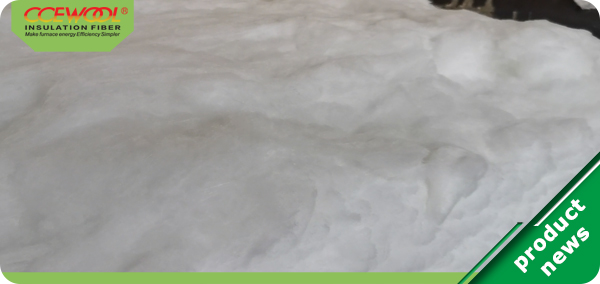Generally the refractory and thermal insulation materials are tightly integrated with the outer wall of the metal pipe at room temperature and within a short period of time under high temperature. However, at high temperatures and for a long time, refractory material and metal pipe cannot be densely combined as a whole. No matter how good the insulation material’s elasticity is, after several high-temperature phase transitions, the insulation material will contract, so that it will lose its elasticity and have no ability to rebound back to fill.

Weld a insulation sleeve around the conversion tube, wrap the expansion joint reserved around the conversion tube that passes through the top of the furnace, and then weld a sealing ring on the conversion tube in the insulation sleeve, and fill the waterproof refractory ceramic fibre In the insulation jacket, so that the gap formed by the refractory ceramic fibre wool and the metal pipe wall under the condition of multiple expansion and contraction is not a through-type straight seam, but a "labyrinth" gap. After the high-temperature heat is blocked by the "labyrinth", the speed and the temperature is greatly reduced, which can prevent the flame from directly escaping to the furnace roof steel plate, causing the furnace roof plate oxidation and deformation. It also solves the phenomenon of air leakage, water ingress, flame escaping and so on. In order to prevent snow and rain from entering, a waterproof cap is welded on the top of the insulation sleeve. Even if the rain drops on the top of the furnace, the insulation sleeve will block it.
Next issue we will continue to introduce application of refractory ceramic fibre in the top of tubular heating furnace.
Post time: Nov-29-2021

